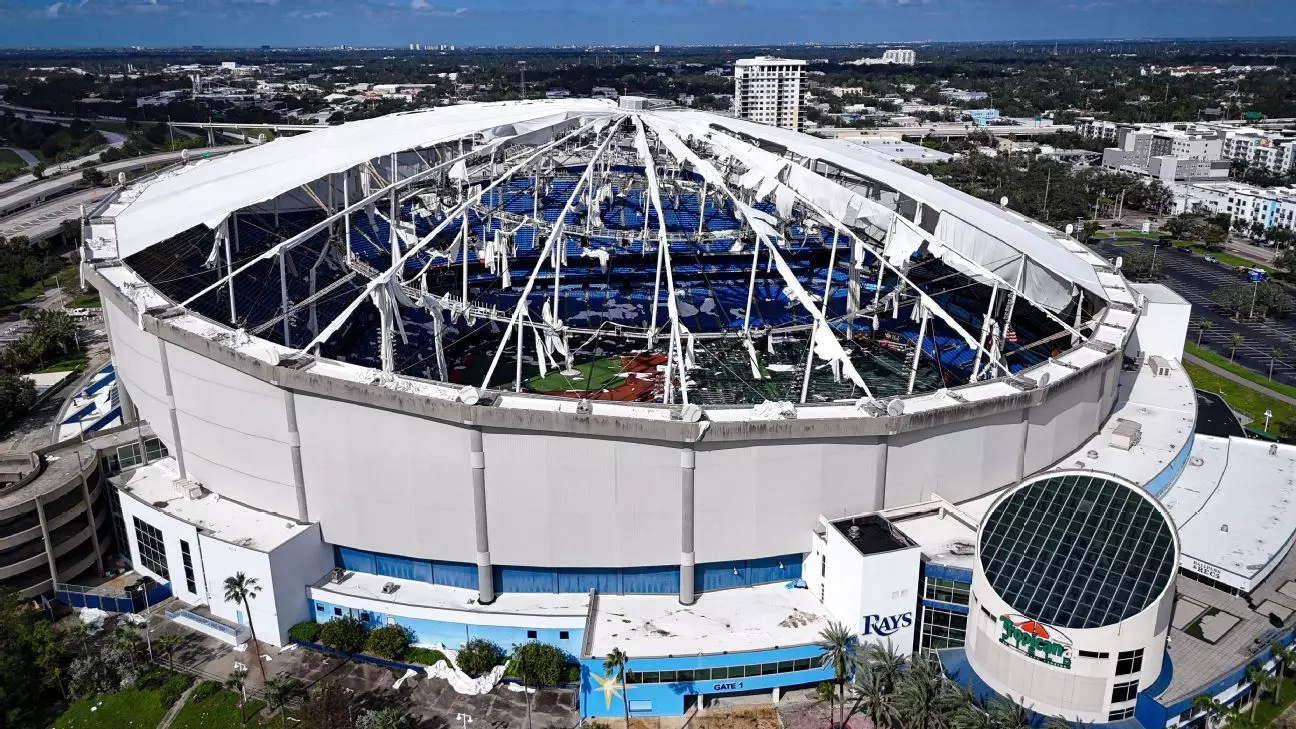The Tampa Bay Rays, a Major League Baseball team, are facing an uncertain future regarding their proposed $1.3 billion stadium in St. Petersburg, Florida. Principal owner Stuart Sternberg recently announced that a final decision concerning the project has yet to be made. This proposed stadium, intended to replace the aging Tropicana Field located in the Historic Gas Plant District, initially sparked enthusiasm among both fans and local officials when it was first introduced last summer. However, recent developments have raised questions about the feasibility and timeline of the plan.
A significant hurdle for the stadium project revolves around the financing arrangements. Local government authorities approved bond sales to fund part of the endeavor, indicating initial support for the proposal. However, for the project to continue, the Rays must prove their financial capability to cover a substantial $700 million commitment, along with any potential cost overruns. This requirement has become a critical point of contention, as delays in the project threaten to escalate costs significantly, potentially jeopardizing the financing that has been tentatively secured.
Sternberg has expressed a sense of urgency, emphasizing the necessity for a decision to be made before the March 31 deadline. The implication of falling short of this deadline could mean the collapse of the public financing agreement, leading to a significant setback for the franchise. The looming possibility of missed timelines casts a shadow over the project’s future, especially considering the construction was slated to break ground this winter with an eye toward opening in 2028.
Frustration among local officials has grown in response to the uncertainty. In a recent statement, Pinellas County Commissioner Chris Latvala expressed his dissatisfaction with the lack of commitment from Sternberg, even going so far as to suggest he sell the team if progress doesn’t occur. His remarks highlight a growing impatience that could potentially affect public sentiment toward the team and its plans. The Rays’ current situation is further complicated by having the third-lowest attendance figures in Major League Baseball last season, pulling in an average of merely 16,515 fans per game, which underscores the need for a new venue that could rejuvenate fan interest.
Compounding these challenges, Tropicana Field recently sustained significant hurricane damage, rendering it an unfit environment for play by 2025. This leaves the Rays temporarily utilizing the New York Yankees’ spring training facility in Tampa as their home base—a move that may alienate local fans in the short term and highlights the pressing nature of the stadium situation.
Since the team’s inaugural season in 1998, Tropicana Field has been their only home, and the thought of changing venues presents a complex mix of anxiety and anticipation among their loyal fanbase. However, without decisive action and a clear plan, the Rays risk losing momentum in their quest to elevate their franchise and better engage with the Tampa Bay community. As the March deadline approaches, the Rays’ ownership must weigh their options carefully to either commit to this ambitious project or explore alternatives amid a backdrop of escalating expectations and creeping uncertainty.

